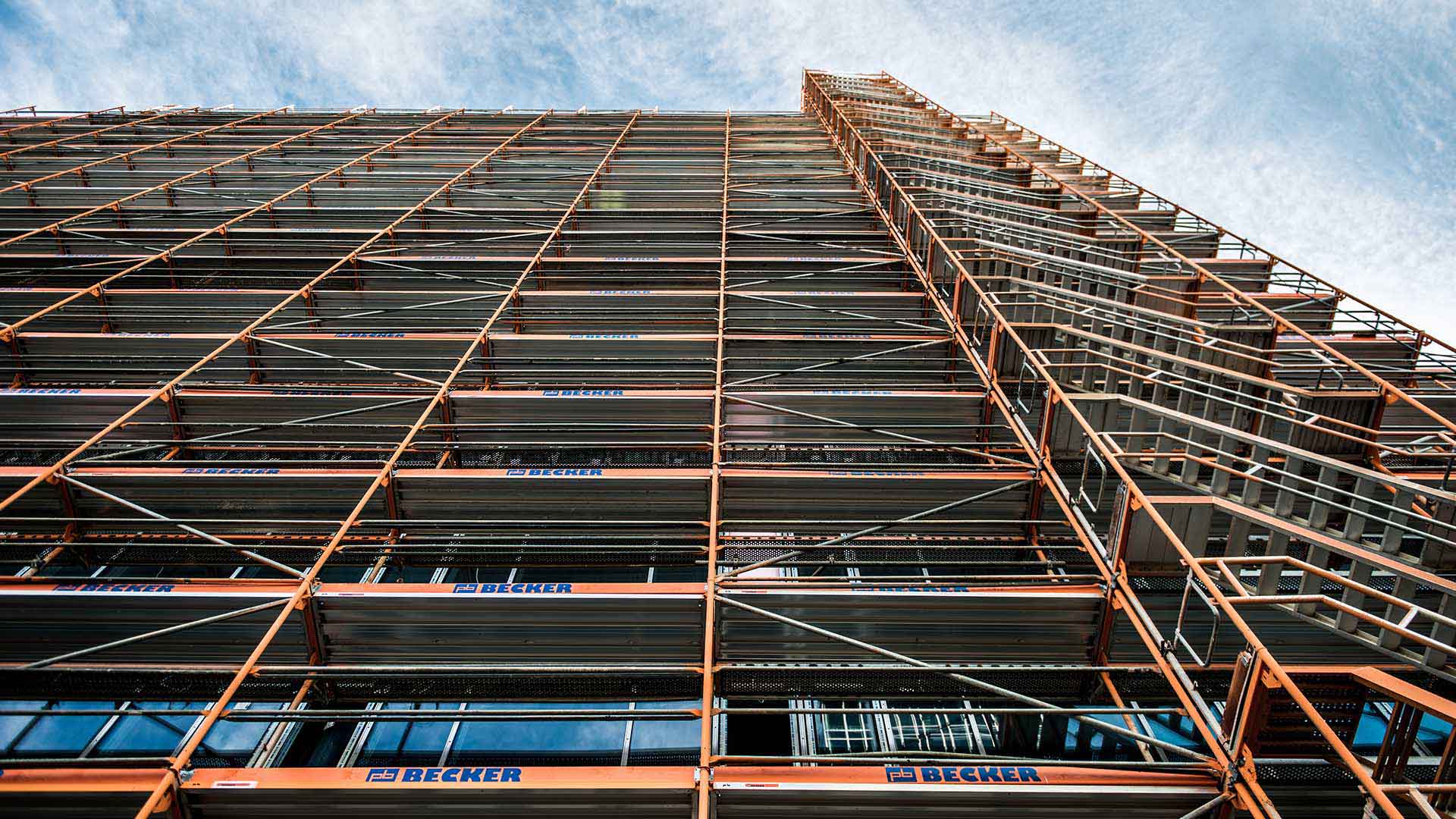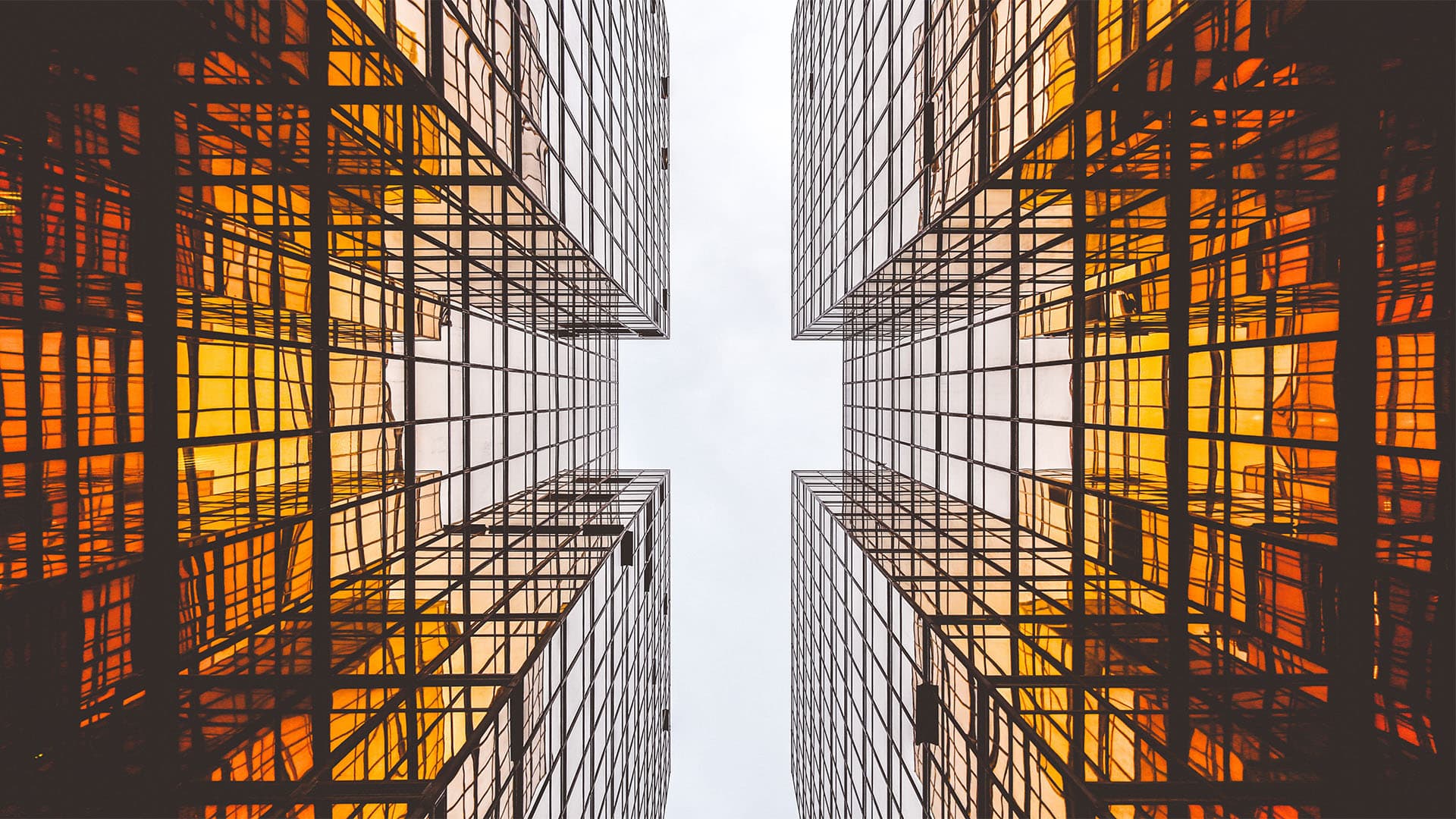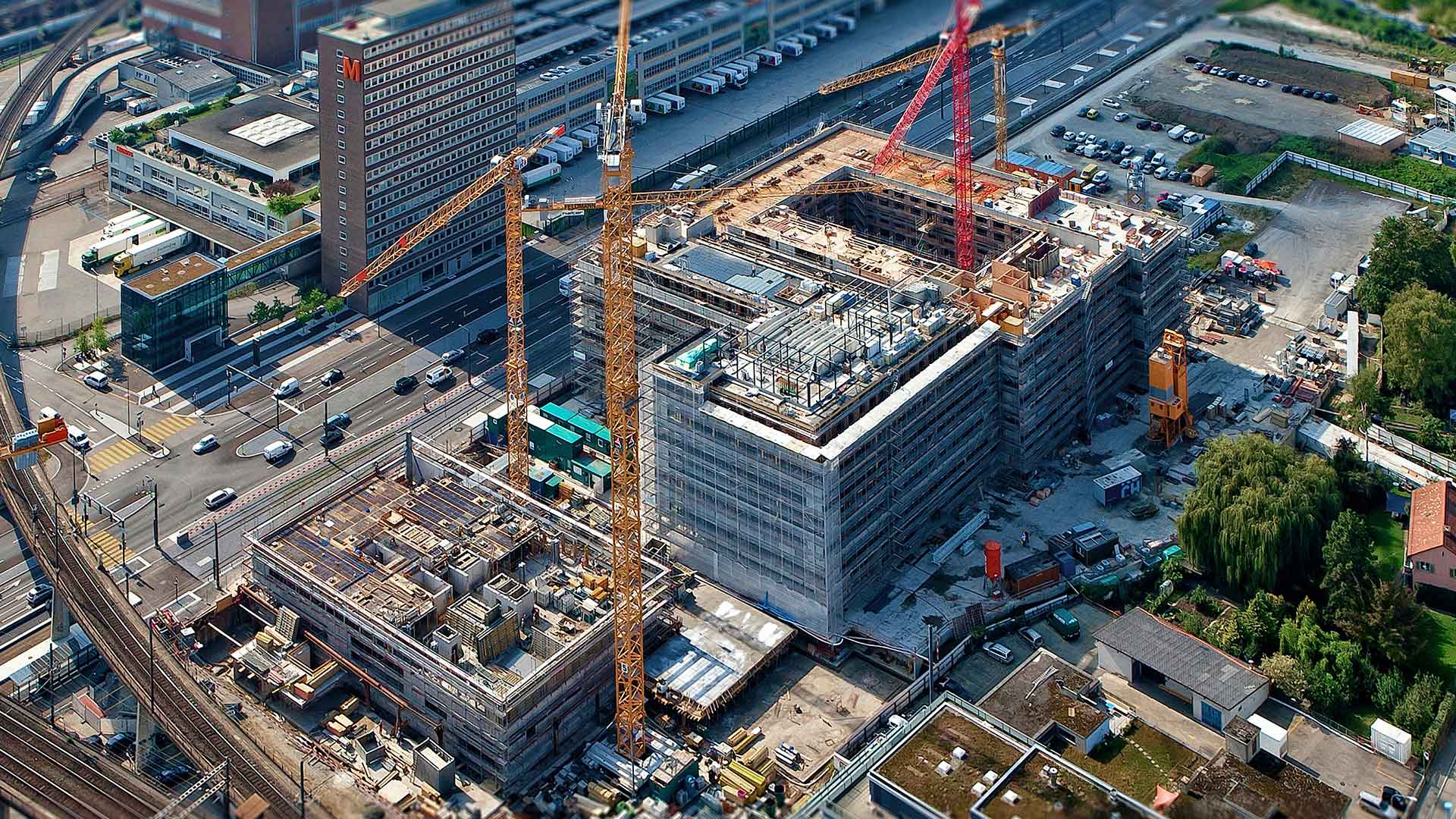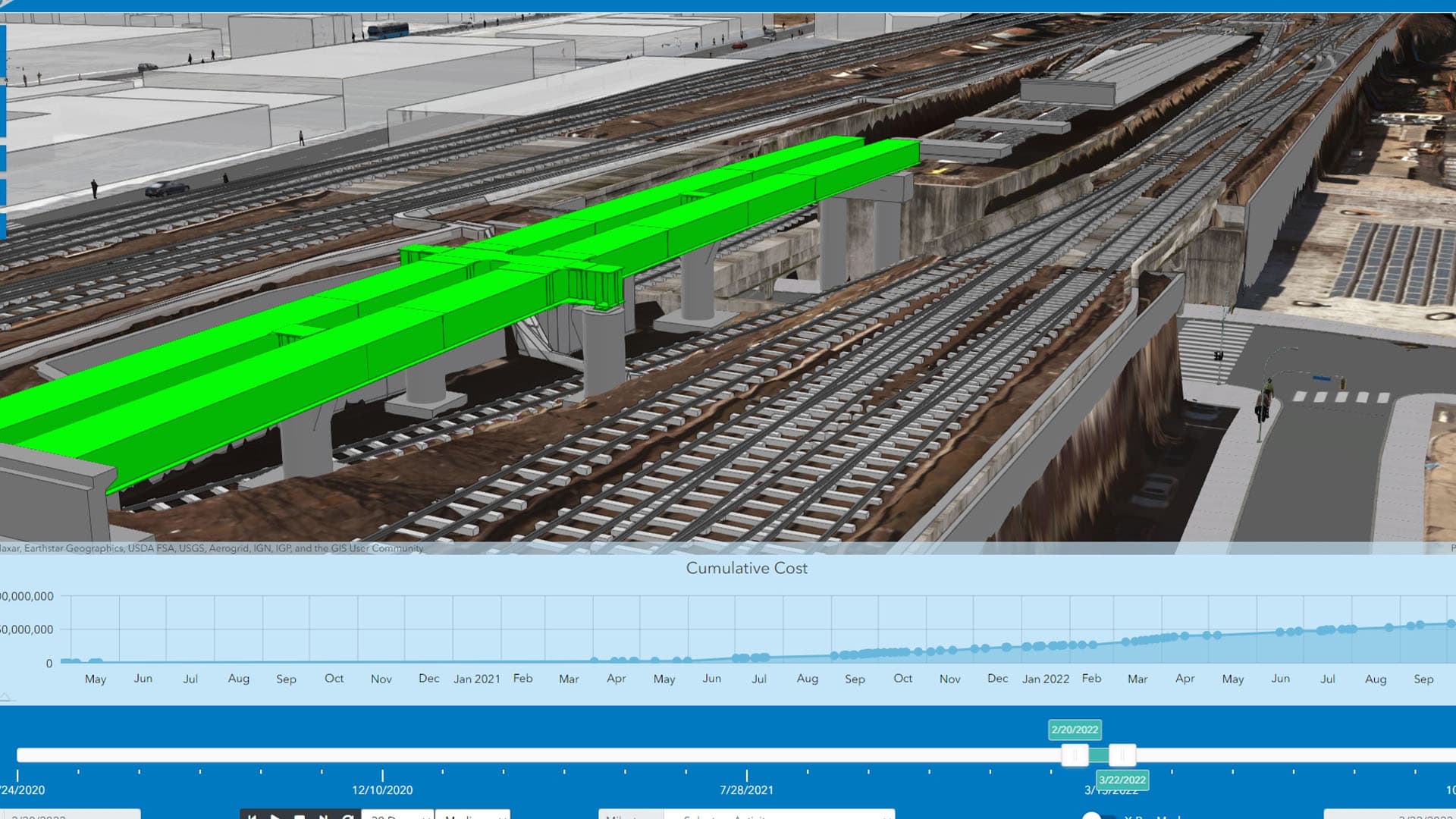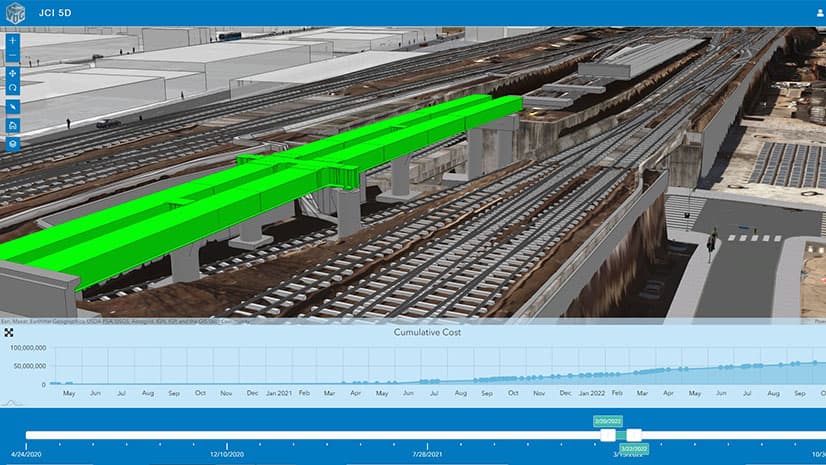The built environment accounts for nearly 40 percent of energy-related CO2 emissions. Building operations cause the majority of emissions due to poor insulation, electricity generated by fossil fuels, and other factors. The rest comes from “embodied carbon”—emissions created during the manufacturing of building materials and the construction process.
Even if professionals in the architecture, engineering, and construction (AEC) trades limit embodied carbon in new projects, an estimated two-thirds of the world’s current indoor space will still be in use in 2040. For property owners and developers, retrofitting buildings to become carbon neutral is costly and time-consuming, but it may also be a competitive advantage in attracting conscientious renters and buyers. Luckily, innovative solutions are emerging—including the idea of a “second skin” for existing buildings.
Applying new techniques with a geographic approach will likely speed up their rollout and boost their efficacy as carbon-neutral fixes.
From Scan to Second Skin
A recent Fast Company article highlighted Berlin-based startup ecoworks, which is pioneering a second-skin retrofitting process. The process begins with 3D scans of a building’s facade and interior taken with a handheld device.
This digital twin is sent to a factory, where a highly automated process yields panels that fit over the building like a second skin, with room for windows, pipes, and ventilation shafts. The process of installing the panels, along with a modular roof equipped with solar technology, is said to take just a few weeks.
Throughout the AEC and real estate industries, 3D scans are now commonly incorporated into building information modeling (BIM) software. Many AEC professionals augment BIM images by importing them into a geographic information system (GIS), which reveals how buildings will look within landscapes and streetscapes, as well as how they will interface with infrastructure like sewers and cables.
Beyond these visualization capabilities, the merger of GIS and BIM delivers operational advantages. Project managers can streamline design and build operations by integrating the technologies, and building managers can analyze and quantify energy efficiency.
Efficiency and Speed
Streamlined project management is the most immediate benefit this technological merger can bring to building retrofits.
Installing a building’s second skin requires coordination among diverse stakeholders, including property owners, factory staff, construction crews, and local building departments. Cloud-based GIS can serve as a common visual meeting ground for a retrofitting project, promoting innovation and fostering collaboration.
For retrofits involving large developments or communities, a GIS-BIM combination enhances progress by integrating authoritative data and generating dynamic color-coded maps that can be observed at a central office or in the field.
The merger of BIM and GIS could also help planners coordinate building retrofitting with other projects designed to counter the effects of climate change. These might include planting trees to decrease heat islands or finding high-potential sites for solar arrays.
Blocks of Opportunity, with Savings to Quantify
With millions of buildings in use today, planners must identify those best suited to structural retrofitting and second skins.
Experts have suggested that AI could speed up identification of the best candidates, which tend to be blocklike apartment buildings. GeoAI, a hybrid of GIS and AI technologies, could accomplish that by highlighting hundreds—or even thousands—of buildings from aerial photographs. As retrofitting technology improves, machine learning models could be trained to find new candidates.
Once buildings in an area receive the second-skin treatment, the GIS-BIM combo could help quantify decarbonization efforts, as described in a recent NextTech article.
The calculations would be complex, including an account of emissions avoided through improved insulation and solar energy production. Since the second-skin concept means that most of a building’s facade is retained rather than destroyed, even embodied carbon savings could factor into computations.
As with any solution to the climate change problem, implementing a building’s second skin requires an organized and dedicated effort. A foundation of GIS technology, augmented by BIM and AI, provides the collaboration capabilities and the all-important local context needed to support a critical global effort.
